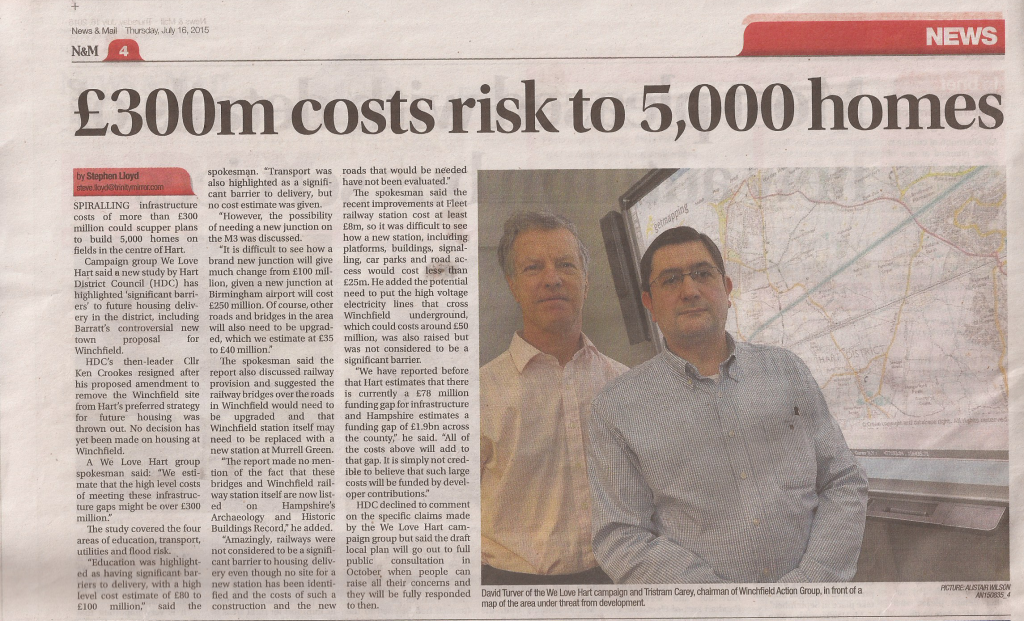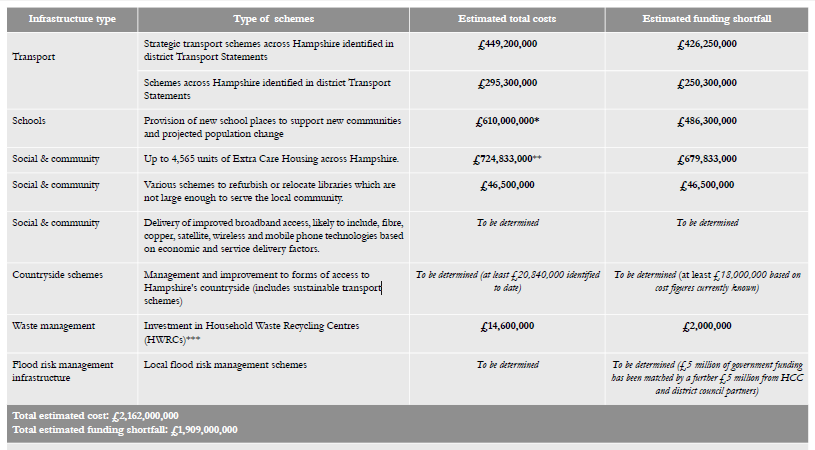Hart Council’s answers to questions put at the council meeting on 30 July reveal a staggering level denial about the status of the Local Plan. We put some questions to council, but many more questions were put by Winchfield Action Group members. A lot can be learned from the answers, and in some cases non-answers to the questions put. The detailed answers can be found here and here, and are summarised below:
- Hart Council have ruled out again the creation of a register of brownfield sites and have refused to establish a formal “brownfield” option for consideration as part of the Local Plan process. Hart also refused to consider our proposals for an alternative approach to the Local Plan.
- They are still working on the project plan for the Local Plan project, and can’t say when the project plan will be available for public scrutiny. Despite not having a project plan, they are hoping the new draft Local Plan will be available by the end of the year. It is clear that the plan is in some disarray, despite the council insisting as recently as the April meeting that the project was on track.
- The council is continuing to insist that “many” people in Hart support the new town plan, despite only around 200 people supporting that as their first preference in Hart’s consultation, and over 2,000 people signing the We Heart Hart petition opposing the new town idea.
- Hart really have no idea how much the infrastructure for the Local Plan will cost nor where they will secure funding and have not disputed our estimate of over £300m.
- Both Hart and Hampshire Councils have not done any planning for the supply and demand for school places beyond 2018.
- Hart Council don’t think they need to respond to the legal opinion from Peter Village QC that described their position as “hopeless”.
- Hart has no “Plan B” if the new town proposal doesn’t pass testing.
- The council may allow a further round of consultation on the new draft Local Plan, but have not yet taken a decision on that.
Taken together this is a staggering number of failings and they appear to have no plan to bring the project back on track, even though they still insist that it is imperative the Local Plan is produced quickly.










